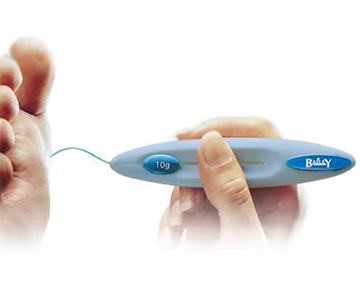Monofilament Test for Diabetic Foot Screening
Healthcare professionals use monofilaments to measure and identify any early loss of protective sensation on skin surface. Monofilament tests are essential in reducing diabetic foot ulceration and subsequent limb amputation. To test for foot sensation loss, measurements are taken at the bottom of a patient’s foot as that is where the diabetic foot ulceration can be easily identified. If the ulceration is caught early enough, the limb can be saves from amputation.

If you have ever seen a monofilament, you probably have noticed that each one is numbered. The number found on the monofilament is the level of force that is applied during testing. The lower levels have a thinner nylon filament compared to the higher levels. Tests are made by bending the filament to the point of flexion on five sites per foot with a total of 10 sites. The level monofilament felt will determine the sensation threshold you have. If the monofilament level is high and you are not feeling the filament push into you, there may be some cause for concern.
Monofilament testing has been widely adopted by the International Diabetes Federation, World Health Organization and the American Diabetes Association. Testing with monofilaments does not need to be done with a medical professional. Patients can test themselves at home with high accuracy.
Do note that monofilaments are affected by high temperatures and extreme humidity, so they are best used in a warm, dry room. Before self-testing with monofilaments be sure to check with your doctor first.


Leave your comment
Note: HTML is not translated!